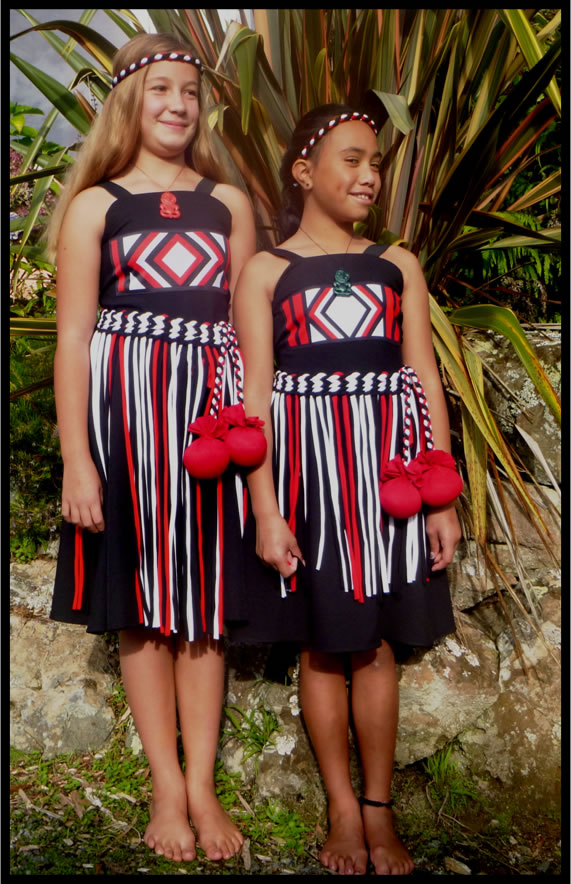
new zealand traditional clothing
Story: Clothes In the late 19th century feminists argued that women should abandon corsets and long skirts in favour of more practical, comfortable clothing. In the 2000s informal dress was common, with everyone sporting jeans and T-shirts. Story by Fiona McKergow Main image: Evening dress, early 1900s Contents Story summary Women's clothes

What Do People Dress Like In New Zealand HISTORYZH
Sustainable Fashion Sustainability is an essential aspect of New Zealand fashion. Many Kiwis are choosing to buy clothes made from sustainable materials and produced in an environmentally-friendly way. Second-hand and vintage clothing is also popular, as it is a sustainable option allowing people to express their style. Examples from Pinterest
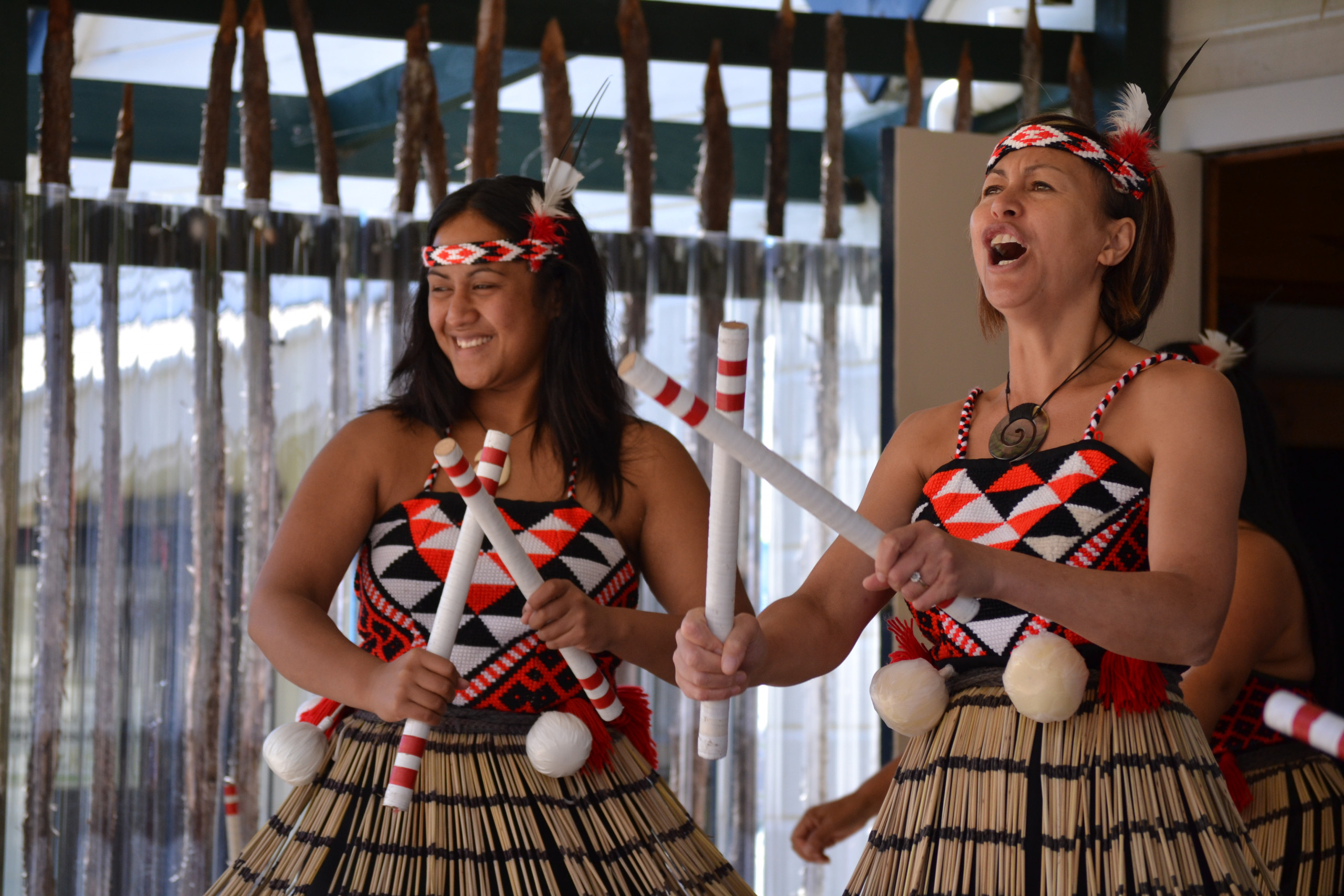
10 Māori traditions you may not know about Whakarewarewa
There were cloaks worn only by chiefs - kurī cloaks (made from skins and fur of kurī dogs), kaitaka cloaks (woven from fine linen), and full-feathered cloaks. Under the cloaks, women used tops to cover their chests and skirts to cover the lower body, men wore loin cloths and skirts woven from grass and other plant fibers.
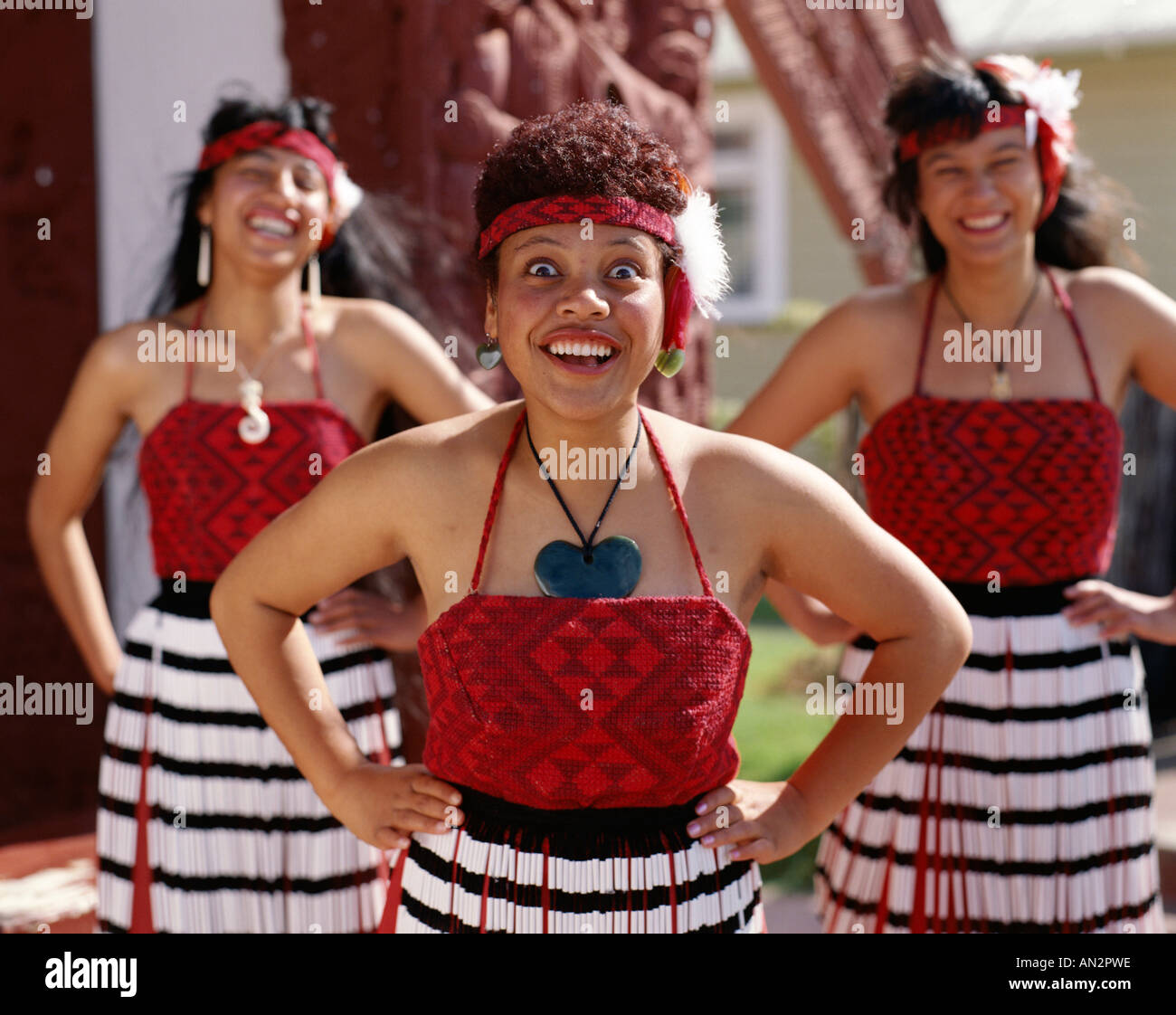
New zealand traditional costume hires stock photography and images Alamy
Fashioning ourselves: clothing, identity and culture. From woollens to workwear, pōtae pōtae hatsMāori | Noun to Panamas, feathers to fur, and khakis to korowai, the styles, phases, and industry of fashion plays a big part in Aotearoa New Zealand's identity. Explore stories that highlight the influences, industry, and imagination of.

Inside New Zealand's biennial National Kapa Haka Festival Daily Mail Online
When the ancestors of the Māori came to New Zealand they had to adjust to a new climate, and to use new plants and animals to make their clothing. They used plants such as harakeke (New Zealand flax), cabbage trees and grasses to make fabrics. They also used birds' feathers and skins, and the skins of seals and kurī (Polynesian dogs). Weaving

Free Images carnival, clothing, kiwi, festival, sports, performance, new zealand, culture
Customary Māori clothing is the only form of dress that is distinctive to New Zealand. Kahu (cloaks) give significant mana and honour to official occasions, such as royal tours and state funerals. In Europe, national dress evolved from peasant or folk styles and was linked with nationalist movements.

Where to experience the Maori Culture in New Zealand Australia One
Green-lipped mussels are a common delicacy in New Zealand. Image credit: PhaiApirom/Shutterstock The cuisine of the Māori people includes sweet potatoes, fern roots, birds, and fish prepared into various meals with earthen ovens, roasting and steaming over natural hot springs and pools.
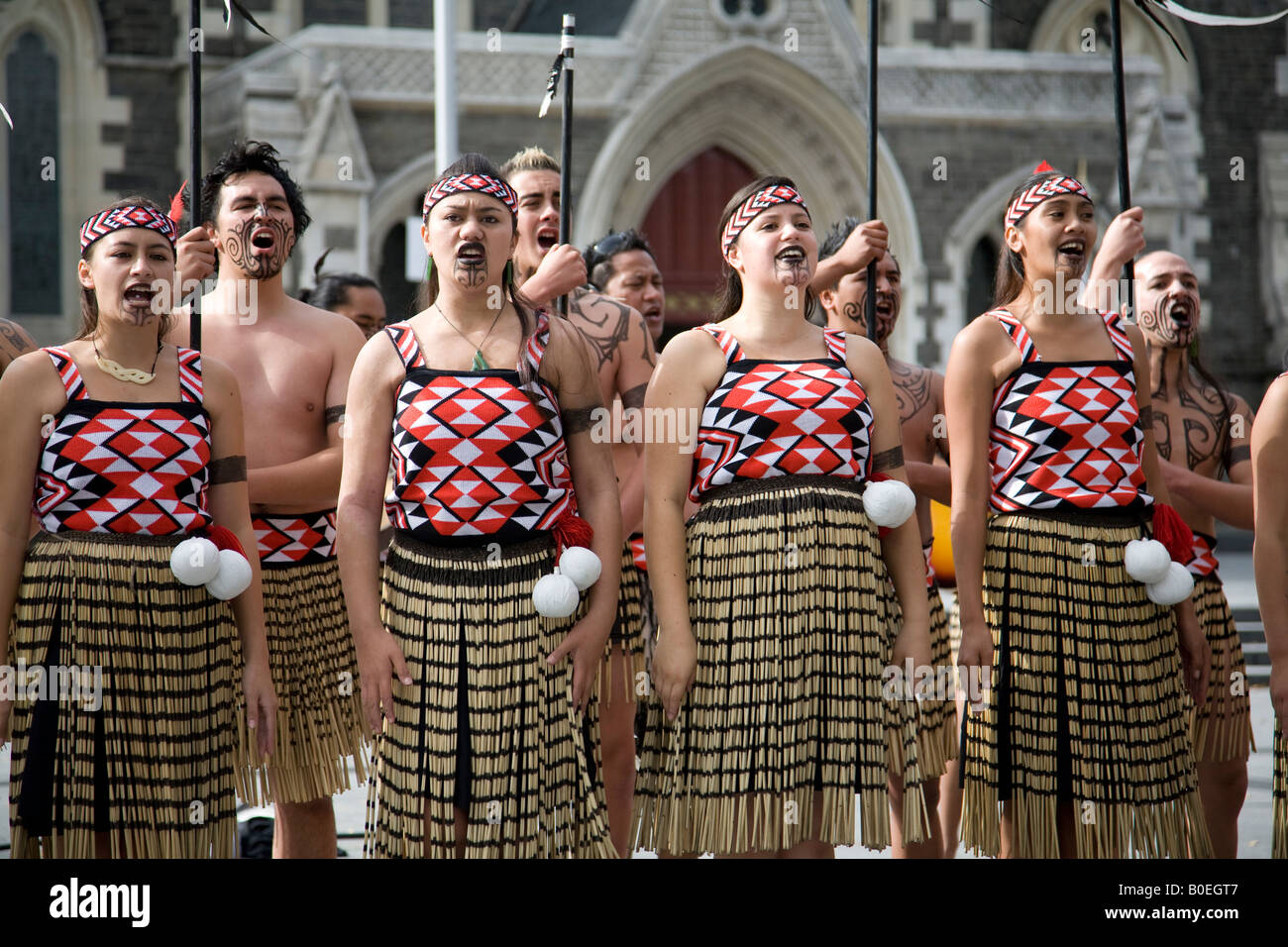
new zealand maori people in christchurch Stock Photo Alamy
Māori culture ( Māori: Māoritanga) is the customs, cultural practices, and beliefs of the indigenous Māori people of New Zealand. It originated from, and is still part of, Eastern Polynesian culture.

Two Maori girls in traditional dress Auckland "New Zealand Stock Photo Alamy
Hamilton, New Zealand, March 23 2019. RM BM45C0 - Traditional punting attire at the Antigua Boatsheds on the Avon River. Christchurch, Canterbury, South Island, New Zealand. RF 2CFFWJD - A New Zealand Maori woman in a kapa haka (traditional dance) costume, consisting of a piupiu (flax skirt) and a colorful bodice.

New Zealand Maori Woman In Traditional Dress Wearing Cloak And Piupiu Skirt Holding Pounamu Mere
Ngā taonga tuku iho - traditional Māori dress Variety Traditional Māori dress was both varied and complex. Māori wore a wide range of hairstyles and ornaments, skin colourings and oils, as well as facial or body tattoos. Clothing consisted of shoulder and waist garments, belts and sometimes sandals.

Young Maori women and men perform in traditional costume in Cathedral Square,Christchurch,South
New Zealand designers have consistently taken inspiration from our native flora and fauna, and drawn from traditional Māori forms such as kowhaiwhai and tāniko. Often used and discarded.. Virus Clothing ID: 1997.60.1 Description: long sleeve T-shirt with 'Colour faces' print on a white cotton knit fabric. Print is created with yellow, pink.
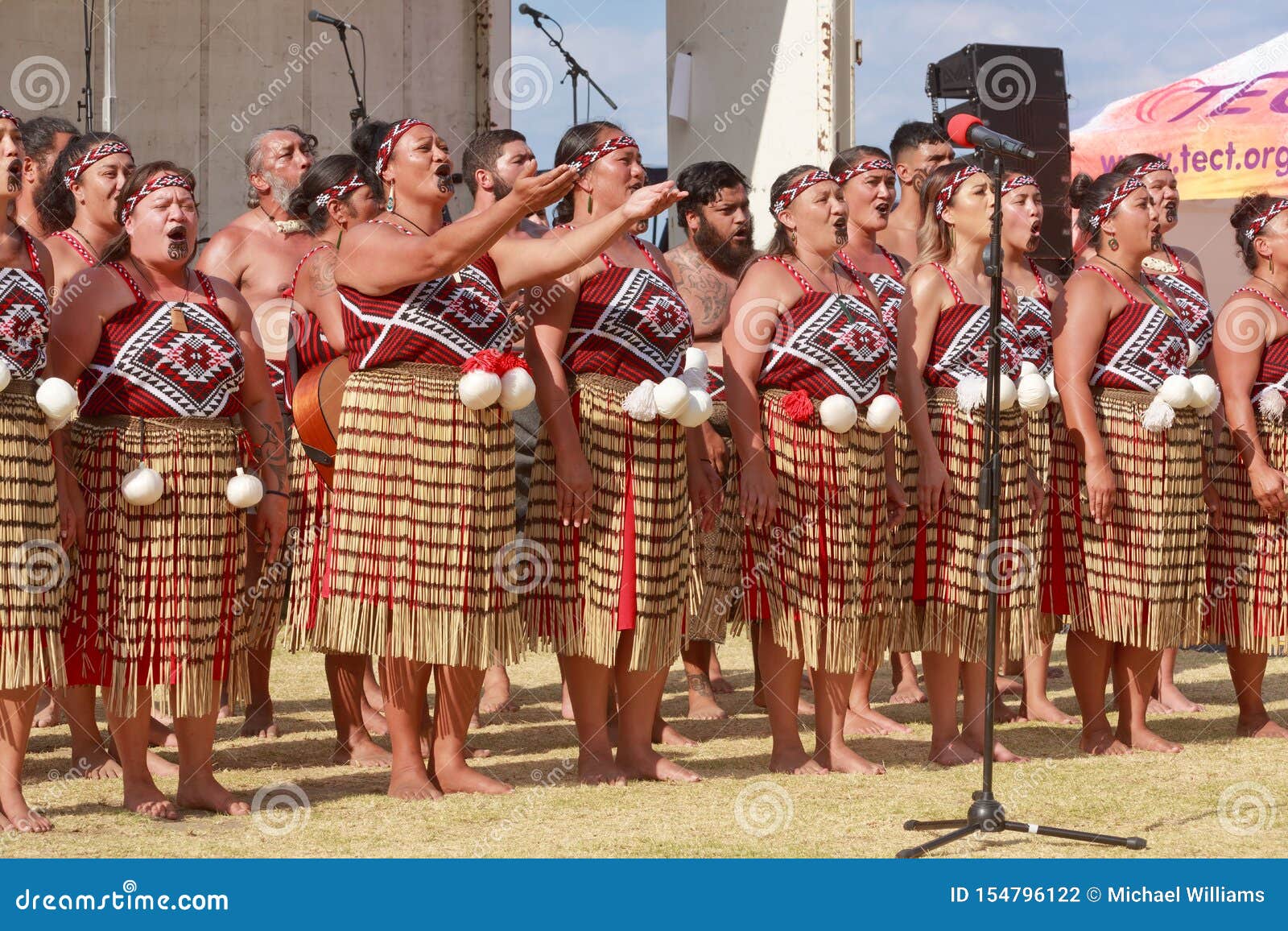
New Zealand Maori Women of a Kapa Haka, or Traditional Dance Group Editorial Photography Image
Home Fashion What is the traditional clothing of New Zealand? What is the traditional clothing of New Zealand? Diana Cheney The only style of apparel that is unique to New Zealand is traditional Maori clothes. Official events, such as royal travels and state funerals, benefit from great mana and honor through the use of kahu (cloaks).
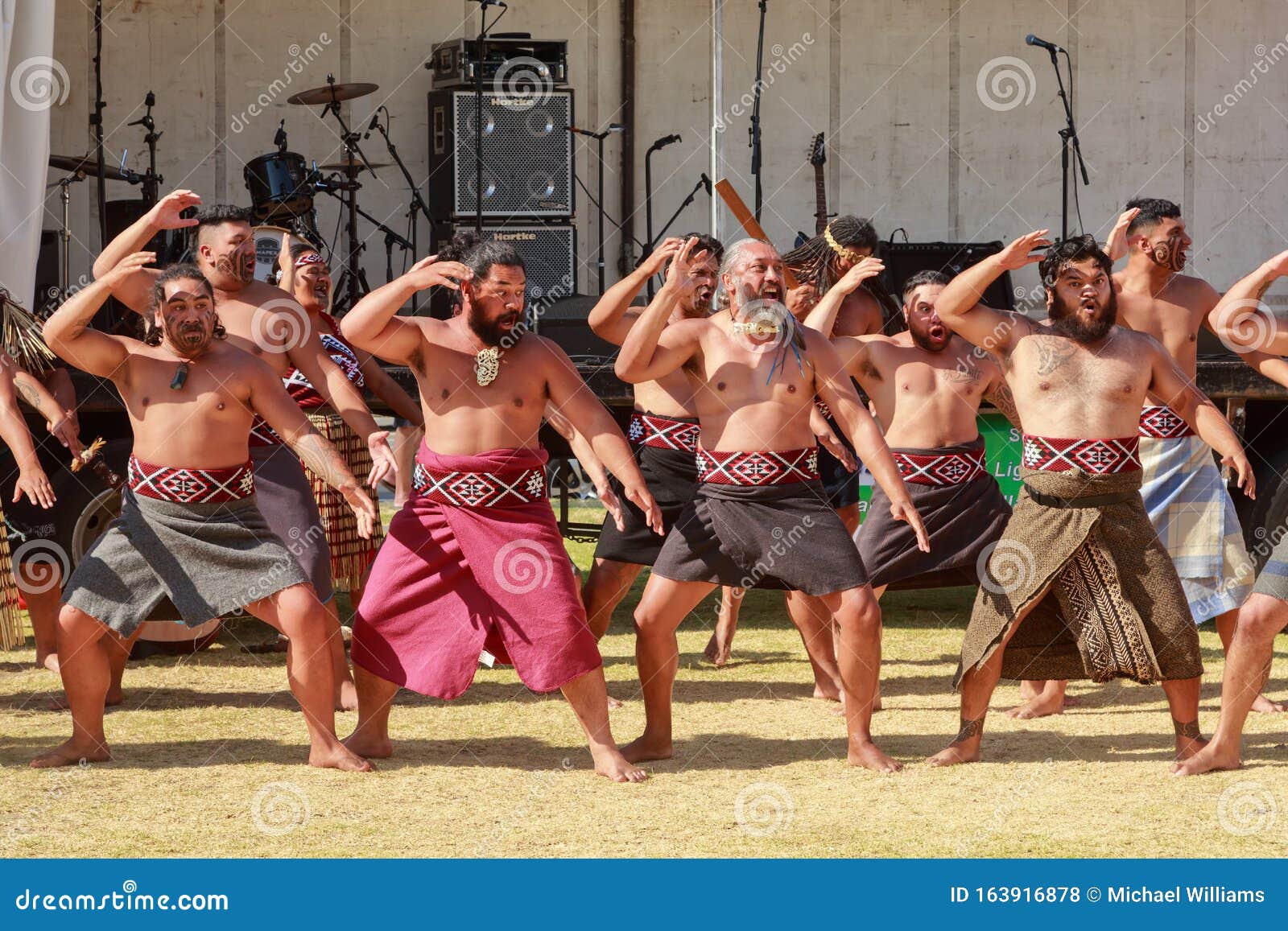
New Zealand Maori Men in Traditional Dress Performing a Haka Editorial Stock Photo Image of
Page 1. Māori and colonial clothing All images & media in this story Weaving a cloak Settlers' clothing 19th-century tailoring (1st of 2) De Luen & Co. Home sewing Māori clothes-making

Little Maori Girl in Traditional Clothes, Rotorua, New Zea… Flickr
Māori (New Zealand people) - Clothing & dress, Māori (New Zealand people) - Costume and adornment There are 1,217 related items to this topic See all related items.. Men, women and children have bowed heads, some seated, some standing. All are in traditional clothing. Two women have babies on their backs. A whare is visible beyond the pataka.
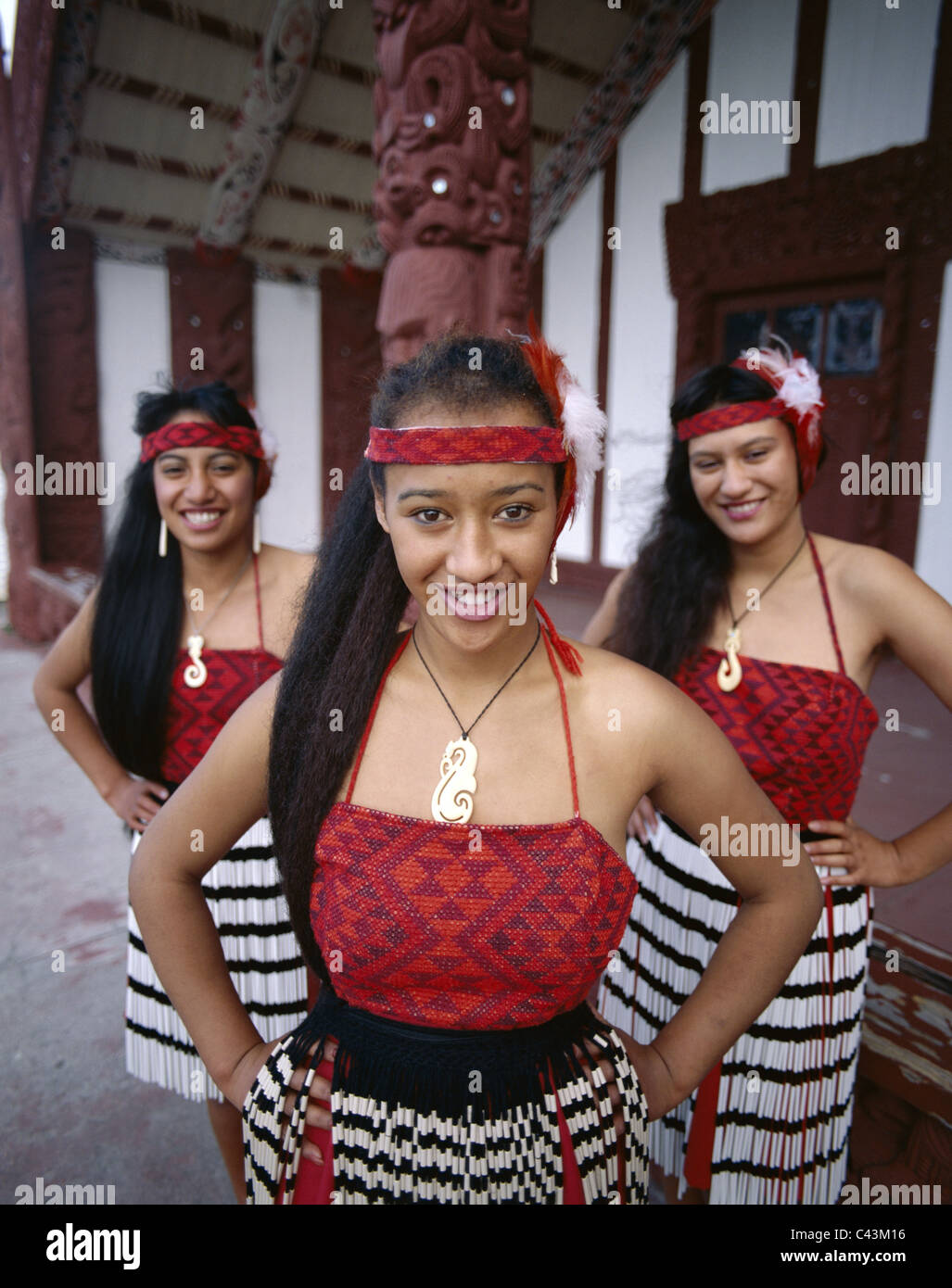
New zealand traditional costume hires stock photography and images Alamy
1. Hieke A rain cloak, or pk or hieke, was worn during the chilly and wet New Zealand winter. The muka or plaited fiber base was joined to tags of raw flax or Cordyline that had been partially scraped and put in tight rows. The Ng cloak-weaving festival was held in 2000.

Inside New Zealand's biennial National Kapa Haka Festival Daily Mail Online
New Zealand Clothing Style . As you plan your New Zealand packing, keep in mind that when it comes to style, kiwis tend to be quite laid-back. On the South Island, you'll notice that people will rarely even change for Friday night drinks - they might even go barefoot if it was allowed! Packing your nicest pair of heels is therefore really.
